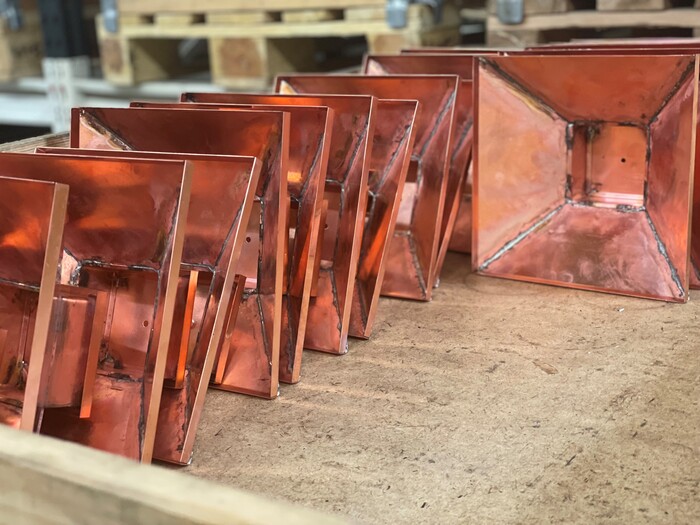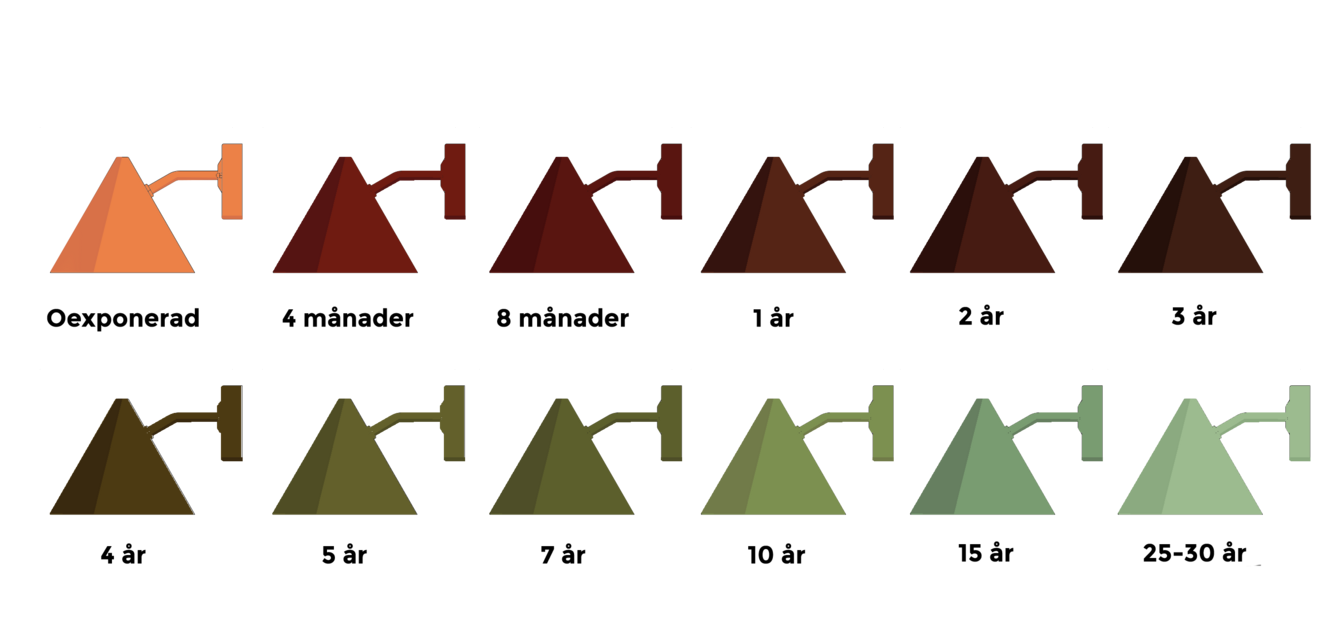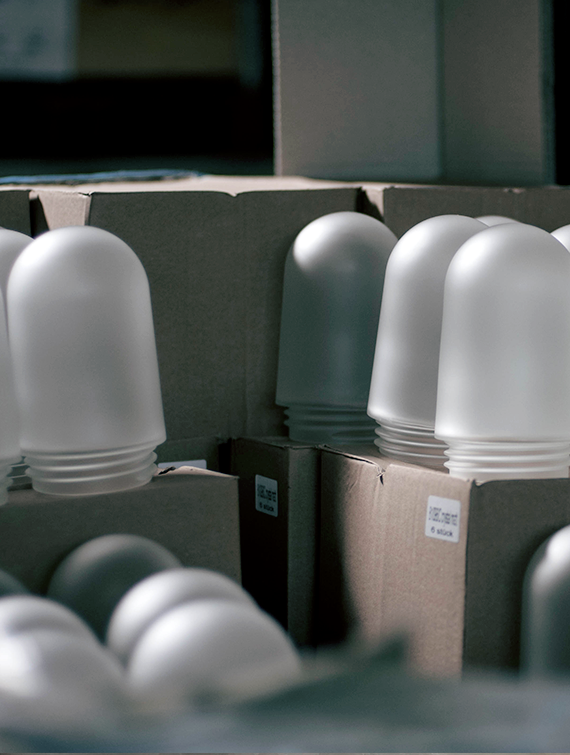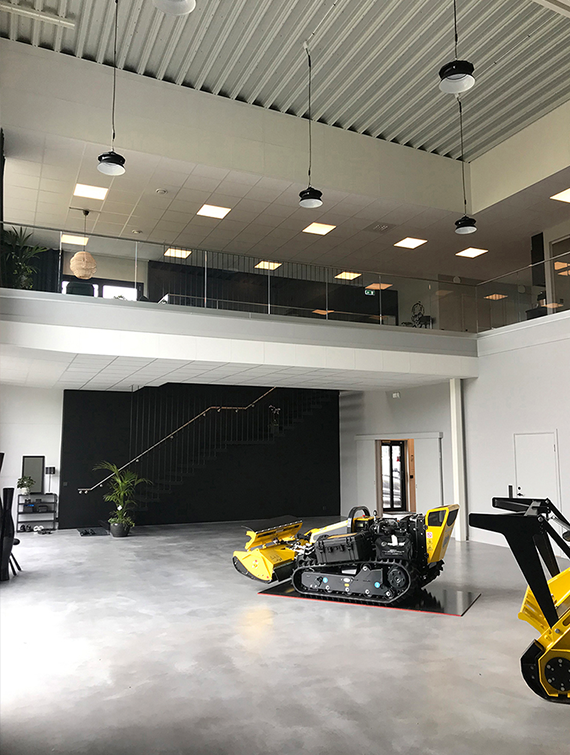Copper
Copper
What is copper and what are its advantages?
Copper has been present and used throughout history. As early as 4500 years ago, copper pipes were made in Egypt, and today copper has many different applications.
Copper is a very long-lasting material, as copper pipes age without altering their quality; a characteristic that few other materials can demonstrate. Copper is resistant to both external and internal influences, and is resistant to corrosion, as it neither rusts nor deteriorates in other ways due to factors such as air, UV rays, or external moisture. This is an advantage in lighting, as fixtures placed in more exposed environments require durability and protection against corrosion.
Aging of copper
Copper in its pure form is a reddish-brown metal. It is the only metal with color, apart from gold. In humid air, copper metal undergoes rapid oxidation, forming a dark brown layer on the surface of the metal. Over time, a green layer (green patina) may develop, consisting of various insoluble compounds. These compounds serve as a protective layer against further corrosion of the copper surface.







